In addition to Weibo, there is also WeChat
Please pay attention

WeChat public account
AutoBeta


2024-11-17 Update From: AutoBeta autobeta NAV: AutoBeta > News >
Share
AutoBeta(AutoBeta.net)12/11 Report--
Toyota, the world's largest traditional carmaker, has announced the use of defective parts for production, Reuters reported. "willing to use worn or defective parts from suppliers without affecting vehicle performance and safety," Toyota said. "

The so-called "defective parts" refer to those parts that do not have use problems and product defects, but have slight wear or scratches. In the past, such "defective parts" were directly scrapped.
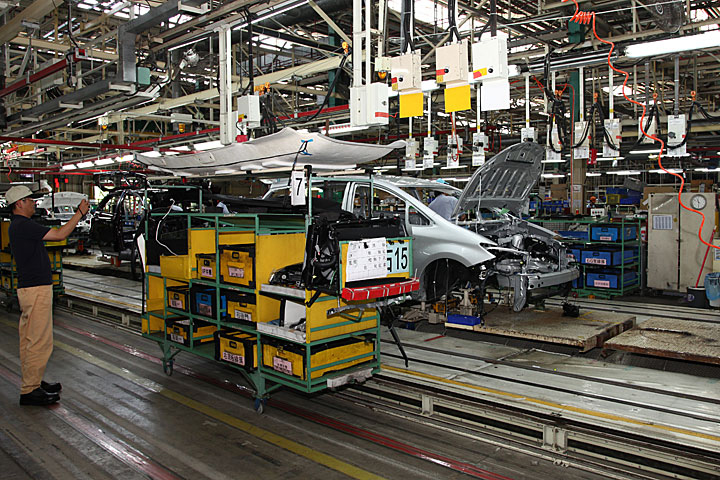
As we all know, as the world's largest traditional carmaker, Toyota has very strict requirements on parts, so it is called "unbreakable Toyota" in the automobile industry. Now that Toyota has changed its normal situation, the requirement for parts has been reduced from "perfect" to "good enough", but it is not difficult for Toyota to analyze its intention. Toyota will make this decision simply to alleviate the rising costs caused by chip shortages and raw materials, and the use of "defective parts" can not only save costs but also improve production efficiency and achieve the predetermined production speed.
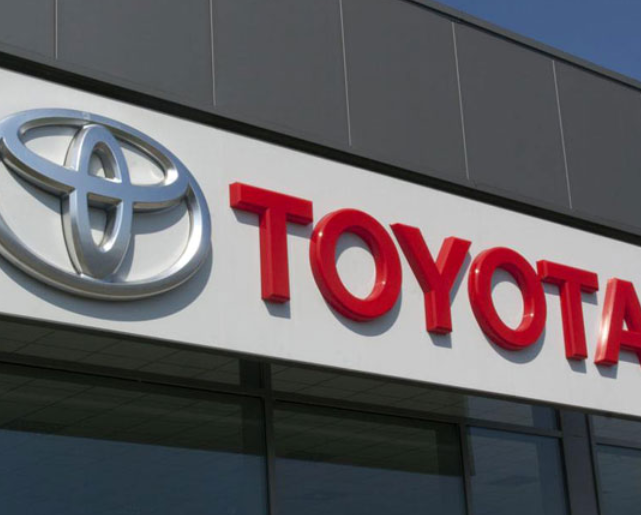
Under the environment of COVID-19 epidemic and supply chain crisis, the global supply of chips and spare parts is insufficient, and many automobile manufacturers are so affected that they even have to postpone the release of new cars. Global auto companies have generally cut production this year. According to the latest data from AutoForecast Solutions, as of December 5, due to chip shortage, the global automobile market has lost a total of 101.22 million vehicles this year. Toyota has also announced production cuts many times this year due to a shortage of chips. In August this year, Toyota announced that due to the insufficient supply of spare parts caused by the COVID-19 epidemic in Southeast Asia, global production would be reduced from 900000 to 540000 in September. Toyota Motor Company of Japan also announced that a total of 27 production lines at 14 factories in Japan would cease operation in October, and Toyota released its latest monthly production and sales results on its website on November 29th. Data show that Toyota's global sales in October 2021 were 677564, down 20.1% from the same period last year. Toyota pointed out that due to the epidemic in Southeast Asia and the shortage of parts and semiconductors, Toyota's global sales declined for two consecutive months compared with the same period last year. Global production fell for three consecutive months compared with the same period last year, but Toyota plans to resume normal production in December, for the full year of fiscal year 2022. Toyota said it would continue to maintain its earlier full-year production target of 9 million vehicles.
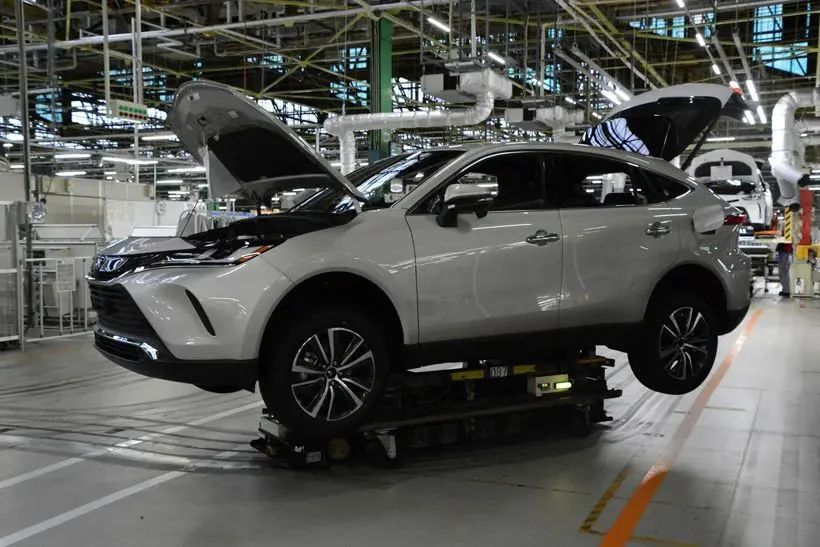
It is worth mentioning that a number of media reports have suspended production at two Toyota plants in Japan due to chip supply shortages and the epidemic. In other words, Toyota will not be able to achieve the above-mentioned Toyota plan to resume normal production in December. A Toyota spokesman told foreign media that the shutdown is expected to last about three days on December 8, which will reduce Toyota production by 3500 vehicles.
Toyota's announcement of the use of defective parts may solve the supply problem in a short period of time, but it is greatly reduced in terms of the brand's image impact. On December 7, Takeshi Shiga, chief project manager at Toyota's R & D center, said it took "a lot of courage" to relax parts standards.
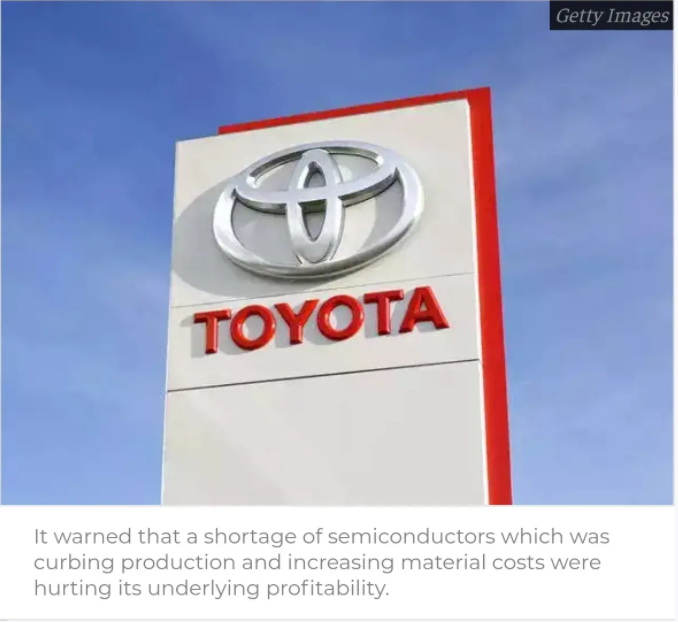
From the Toyota brand's point of view, it does take "a lot of courage" to make the decision to "lower parts standards" public, although it does a good job of solving the problems of rising costs and supply chain crisis. but it means Toyota has to take more risks. At present, Toyota officials have made it clear that these "defective zero parts"
"it will not affect safety or vehicle performance, or even be easily discovered by consumers, but at a later stage, it does not rule out the possibility that some consumers who pay more attention to details will lodge complaints about defects in certain parts. For a brand, this practice is bound to have an impact on its image and sales.

From the consumer's point of view, Toyota uses "defective parts". In other words, Toyota's subsequent offline models have defects, although such "defects" will not affect the performance and safety of the car. But there is a "small defect", which reduces consumers' desire to buy. After all, everyone wants to have a perfect and flawless new car. Or whether the price of models with defective parts will be reduced, if there is no difference with the price of conventional models, it is obviously unacceptable to many consumers.
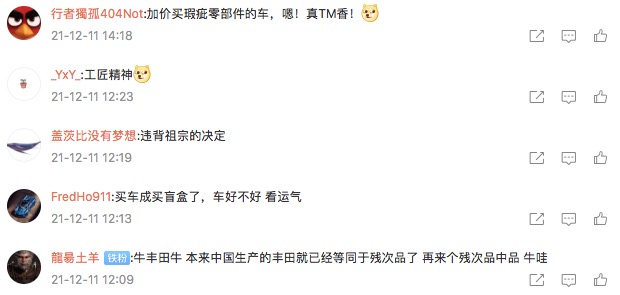
At present, Toyota is still in a state of excessive pressure in the supply chain, and the subsequent performance of Toyota models offline with defective parts may have to wait more time to give the answer.
Welcome to subscribe to the WeChat public account "Automotive Industry Focus" to get the first-hand insider information on the automotive industry and talk about things in the automotive circle. Welcome to break the news! WeChat ID autoWechat
Views: 0
*The comments in the above article only represent the author's personal views and do not represent the views and positions of this website. If you have more insights, please feel free to contribute and share.










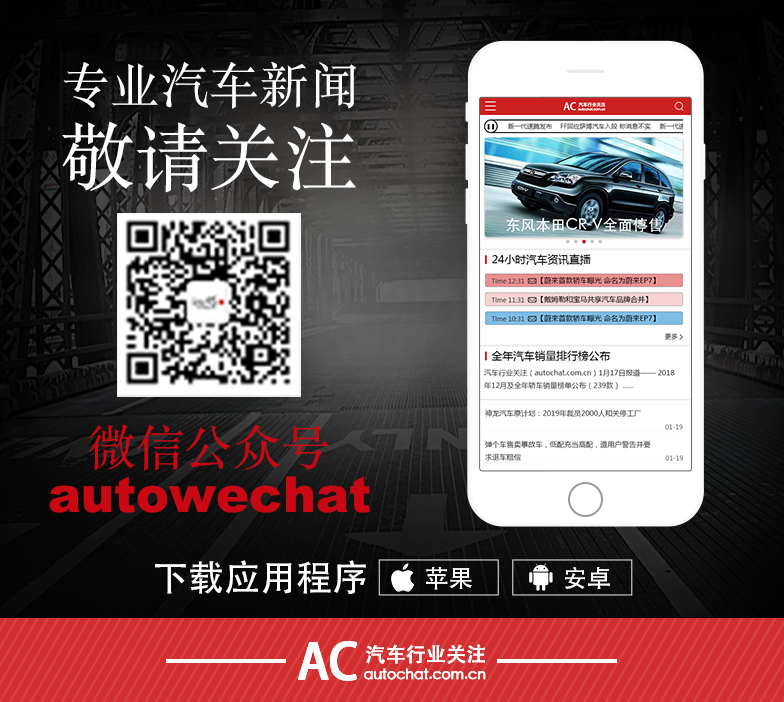
© 2024 AutoBeta.Net Tiger Media Company. All rights reserved.